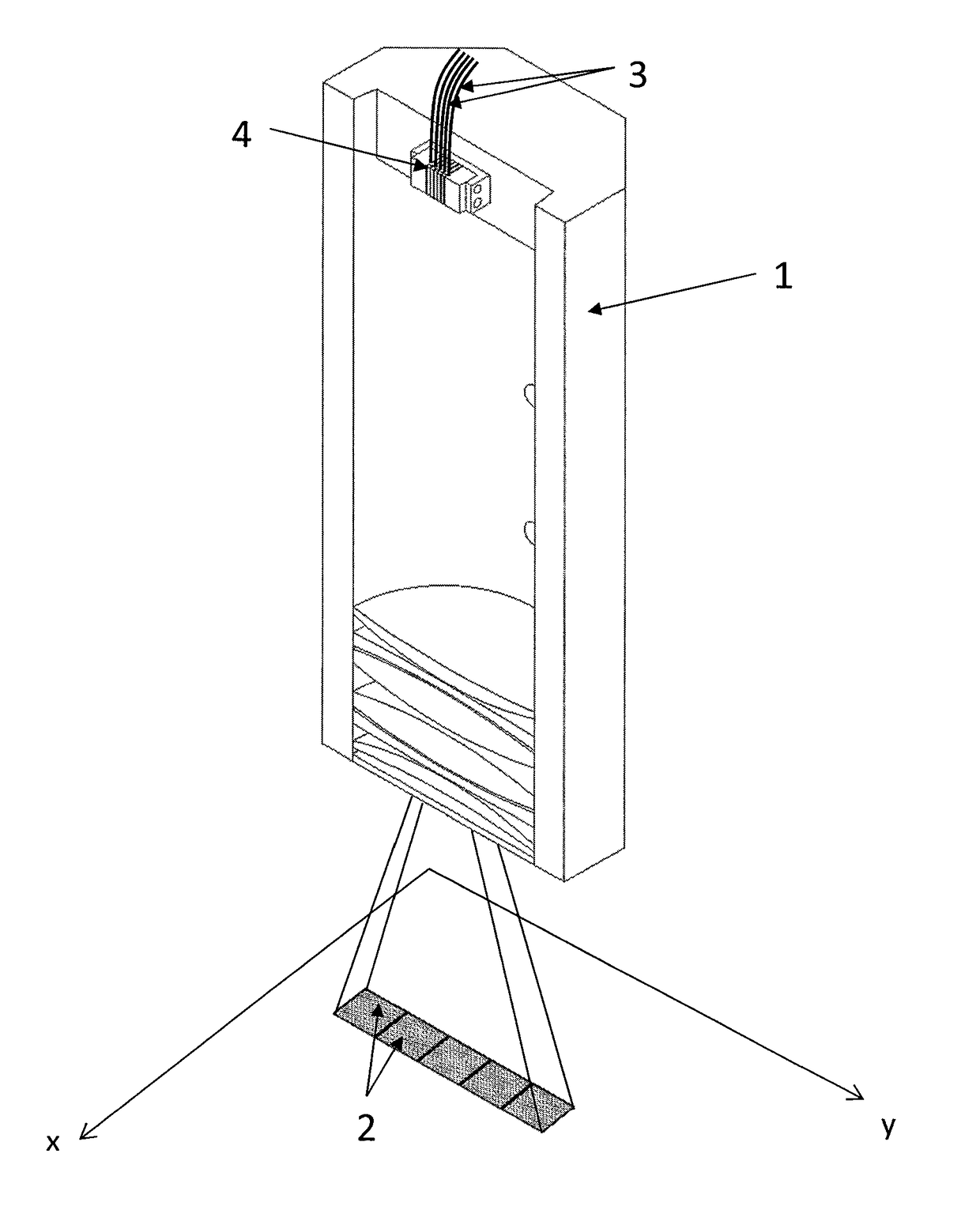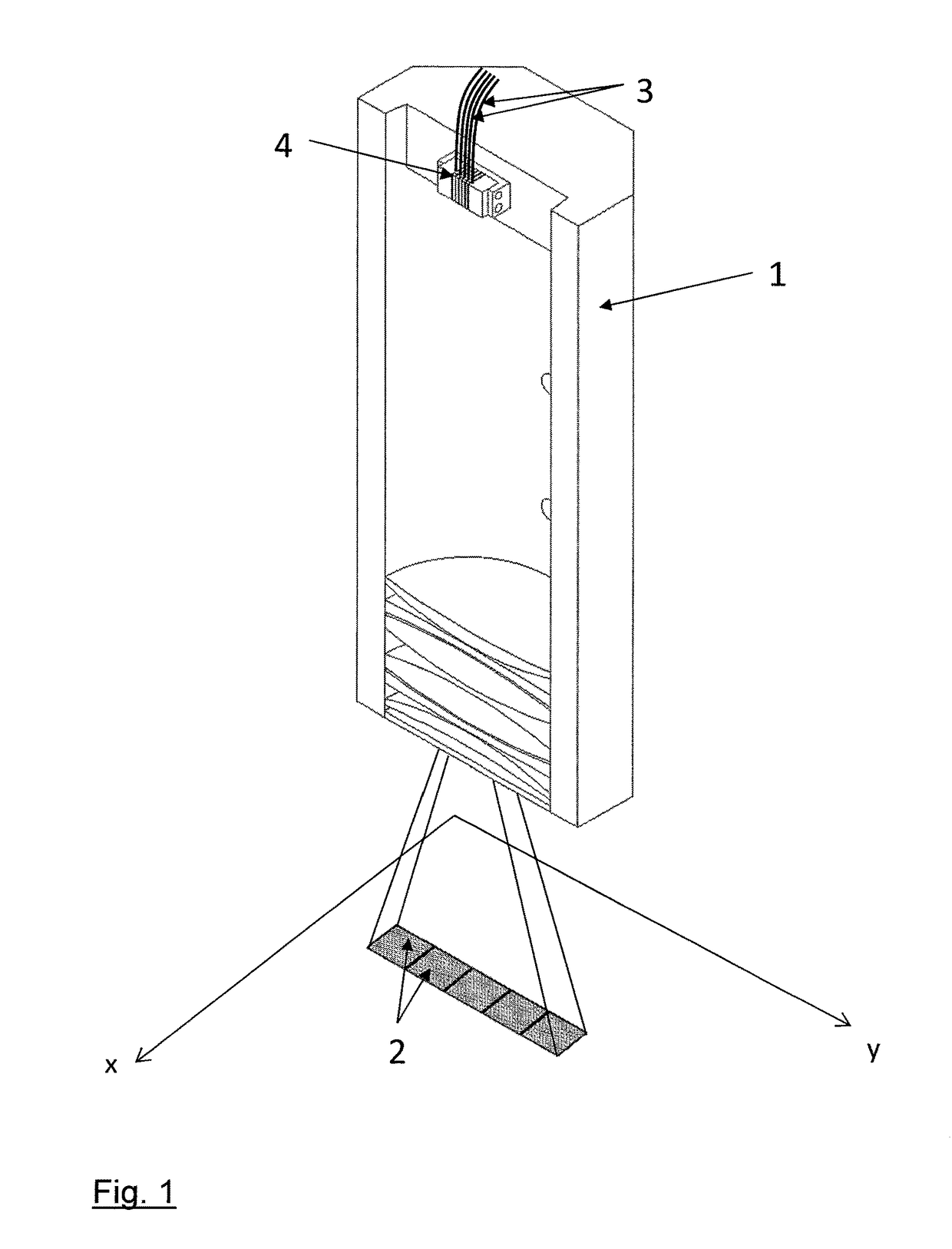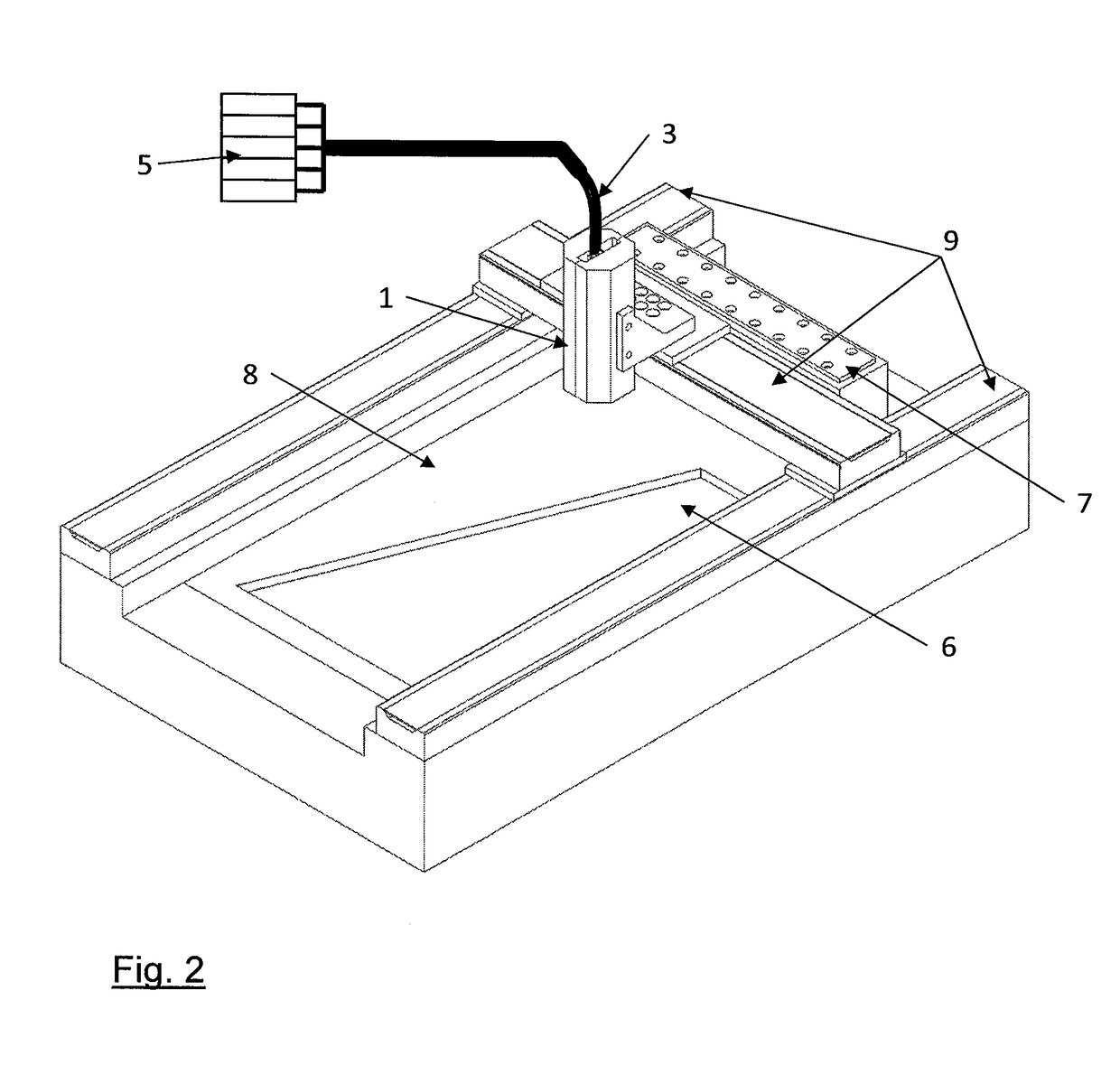Device and method for generative component production
a generative component and device technology, applied in the direction of additive manufacturing, manufacturing tools, additive manufacturing, etc., can solve the problems of affecting the quality of generative components, requiring a larger installation space, and requiring shorter auxiliary processing times and installation spaces primarily, and correspondingly poor component quality, and the build-up rate is high
- Summary
- Abstract
- Description
- Claims
- Application Information
AI Technical Summary
Benefits of technology
Problems solved by technology
Method used
Image
Examples
Embodiment Construction
[0010]The object is achieved with the device and the method according to the following description and claims. Advantageous configurations of the device as well as of the method are the subject matter of the dependent patent claims or can be drawn from the following description as well as from the exemplary embodiments.
[0011]The suggested device for generative component production has a processing head, using which a plurality of mutually separate laser beams are directed adjacently and / or overlapping to some extent onto the processing plane, in which the workpiece to be processed is provided. The device furthermore comprises a laser beam source arrangement, using which the mutually separate laser beams can be generated, a movement apparatus, which can generate a relative movement between processing head and processing plane in mutually parallel planes, particularly by moving the processing head across the processing plane, an apparatus for providing the material for the component i...
PUM
| Property | Measurement | Unit |
|---|---|---|
| d50 particle size | aaaaa | aaaaa |
| sizes | aaaaa | aaaaa |
| power | aaaaa | aaaaa |
Abstract
Description
Claims
Application Information
 Login to View More
Login to View More - R&D
- Intellectual Property
- Life Sciences
- Materials
- Tech Scout
- Unparalleled Data Quality
- Higher Quality Content
- 60% Fewer Hallucinations
Browse by: Latest US Patents, China's latest patents, Technical Efficacy Thesaurus, Application Domain, Technology Topic, Popular Technical Reports.
© 2025 PatSnap. All rights reserved.Legal|Privacy policy|Modern Slavery Act Transparency Statement|Sitemap|About US| Contact US: help@patsnap.com



